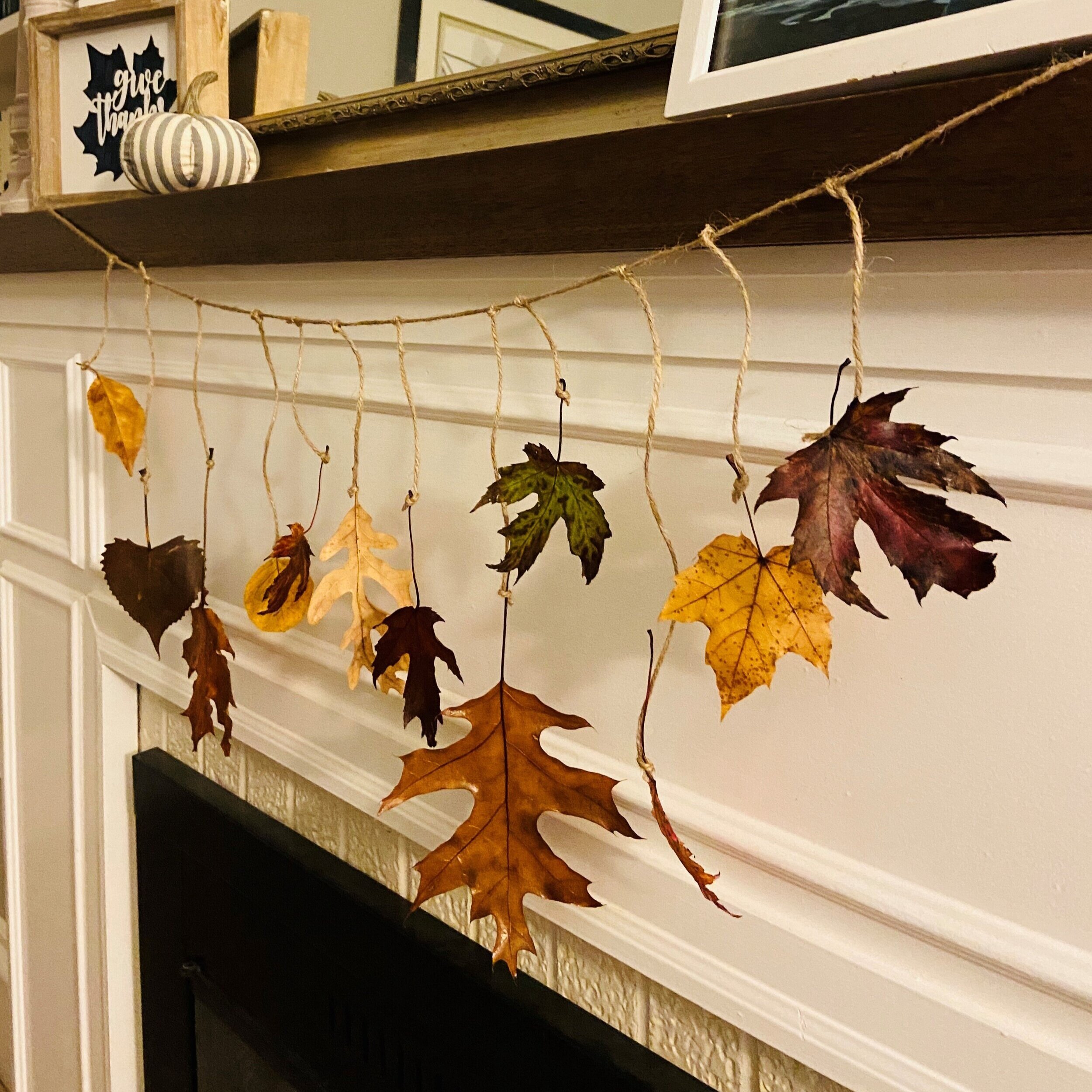Fall Leaf Preservation
Collecting colorful fall leaves during nature hikes is a favorite activity for children. Now you can keep those beautiful jeweled tones longer by preserving them in glycerin.
Supplies Needed
Leaves
Vegetable Glycerin
Food Coloring (optional)
Deep Dish
Measuring Cup
Boiling Water
1. Choose various colored leaves in good condition.
2. Mix 2 parts boiling water to 1 part glycerine and pour into a deep dish.
3. Have the warm solution cover the leaves completely, especially the stem.
4. Weigh leaves down to keep them submerged. We used another clear pan.
5. Optionally add 2-4 drops food coloring for a more vibrant leaf. We used two smaller dishes to experiment with different colors.
6. Allow 3-4 days for the glycerine to absorb. The leaves are ready when they are flexible and soft to the touch.
7. Remove the leaves from the solution and pat dry with a towel.
Use your leaves to decorate your home for fall. Six months later the leaves are still soft and flexible.
Why Leaves Change Colors
Where do these beautiful jewel tones come from? Here is a quick lesson to share with your children.
Inside each leaf are various pigments or colors.
Green is chlorophyll.
Yellow is xanthophyll.
Orange is carotene.
During the spring and summer the green chlorophyll pigment covers the other colors because it is working hard collecting sunlight and converting it into energy. The tree is also busy converting carbon dioxide in the air and the water from the ground into glucose, (sugar) which is the food for the tree.
As autumn nears, the weather grows colder and the days provide fewer hours of sunlight for the tree. These are signs to the tree to stop producing chlorophyll and prepare for winter. The tree stops collecting water and grows cell membranes (thin coverings) over the (veins)tubes that carries the water. The green chlorophyll starts to reduce allowing the other colors to be visible in the leaves.
The leaves have always had these beautiful colors, it takes the cooler weather to bring them out.
Fall leaves can also be purple and red, occasionally when the membranes close off, sap (sugars) can become trapped in the tubes. The sugars cause the red or purple colors.
Hope you carve time out this fall to hike and marvel at the beauty of the changing seasons.
Recently Featured







Lantern Lit Night Hikes are happening across Michigan this winter! This Michigan Winter Hiking Guide for the 2025–2026 season includes a detailed map to help you plan your adventure. Hike, ski, or snowshoe along glowing trails illuminated by lantern light as you experience the beauty of Michigan after dark. Michigan State Parks, recreation areas, and nature centers are hosting these magical night hikes, many featuring cozy campfires to warm up afterward.